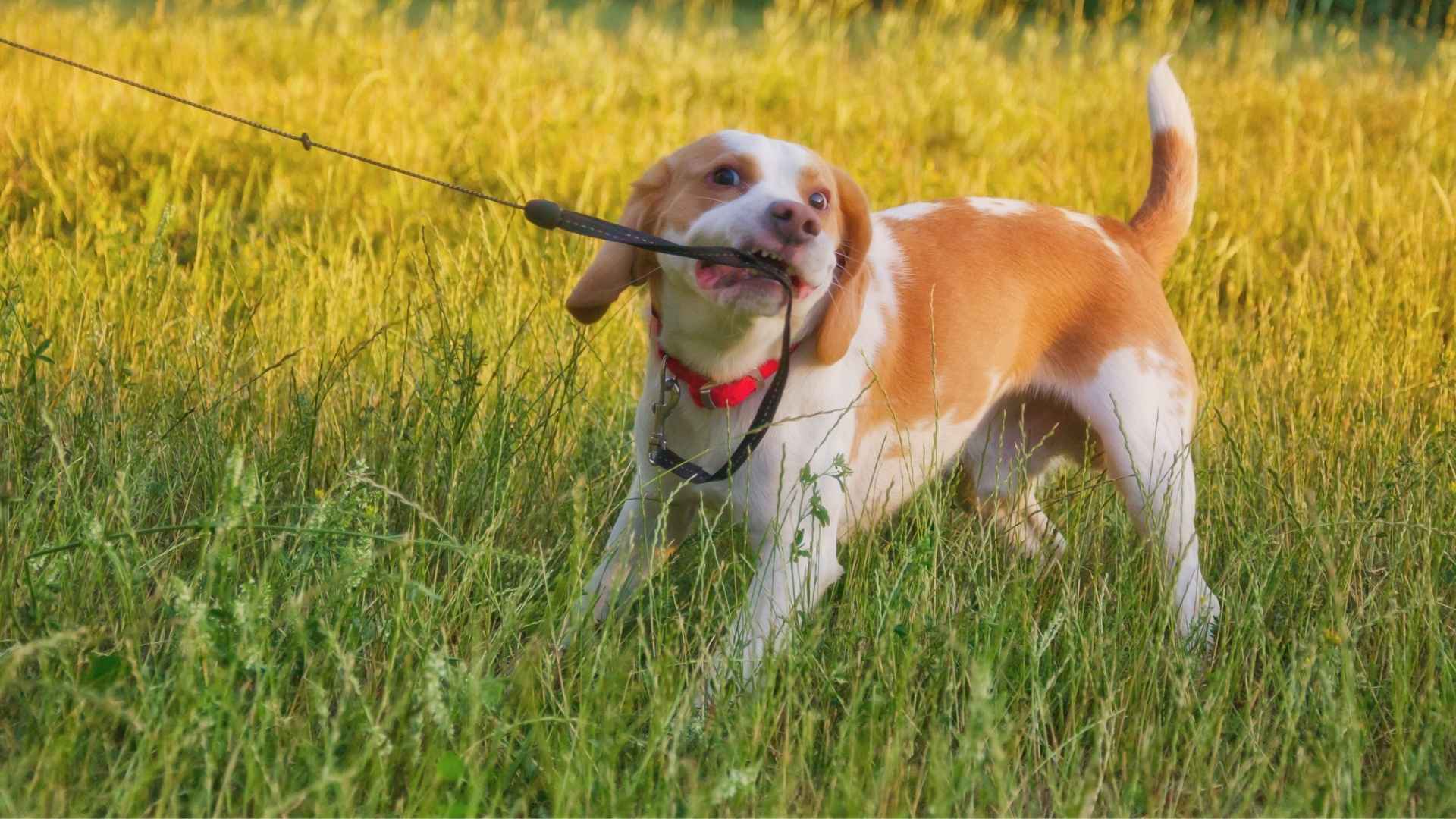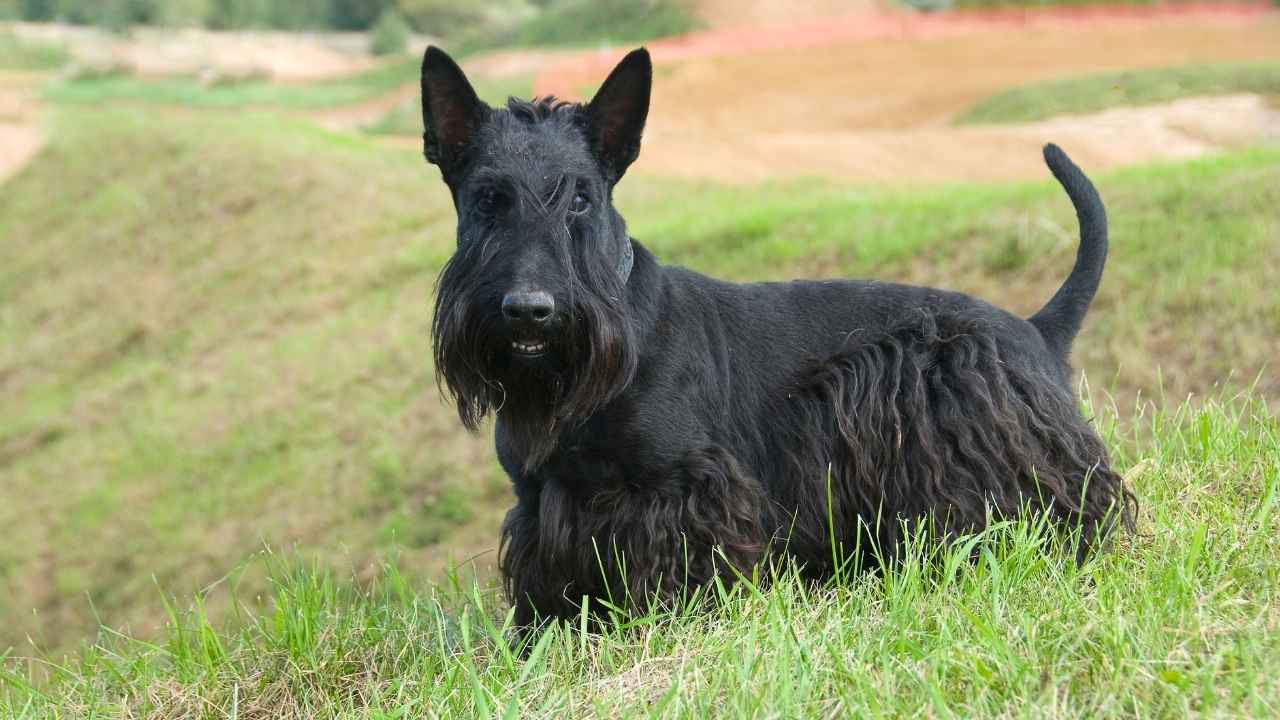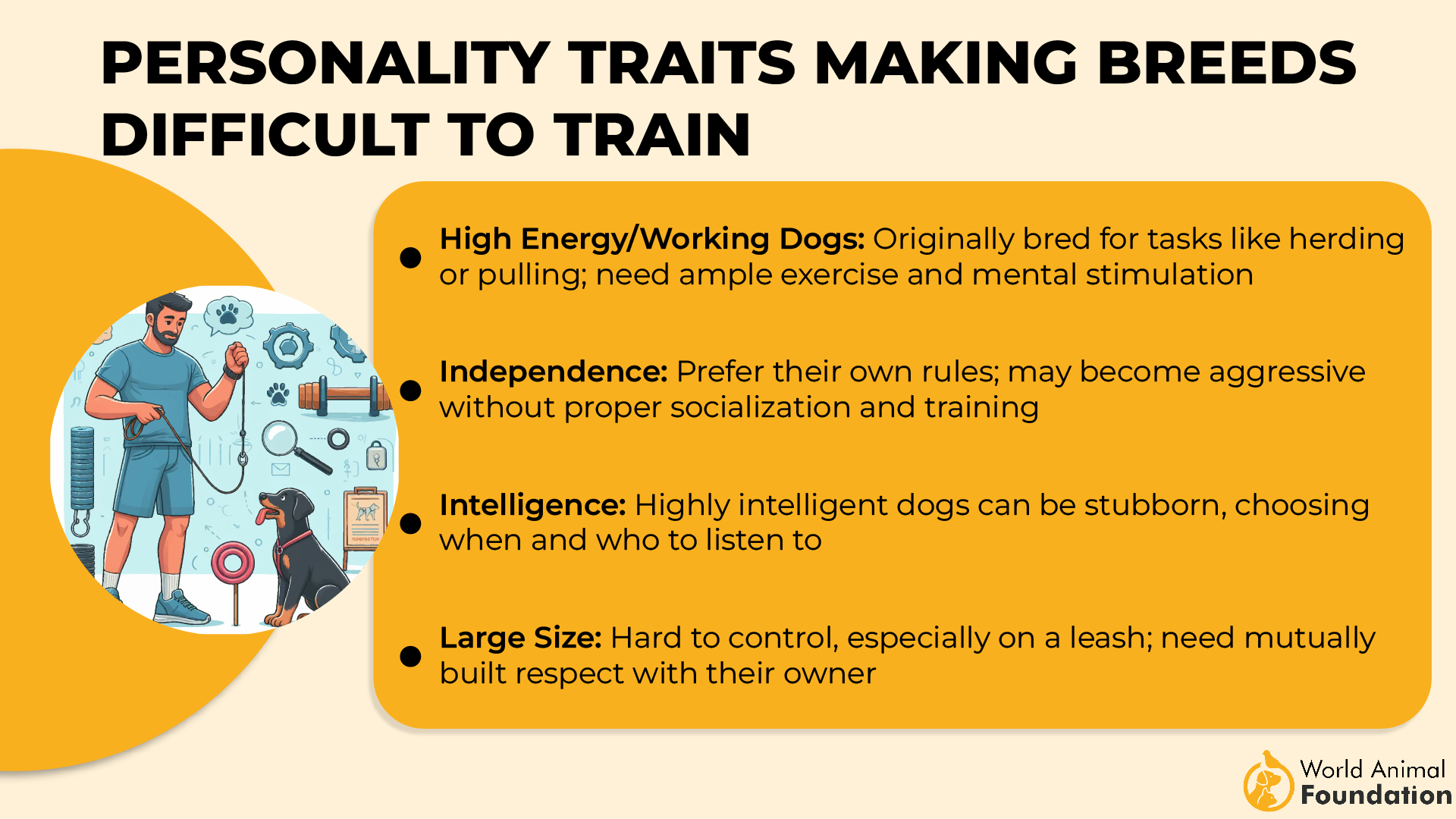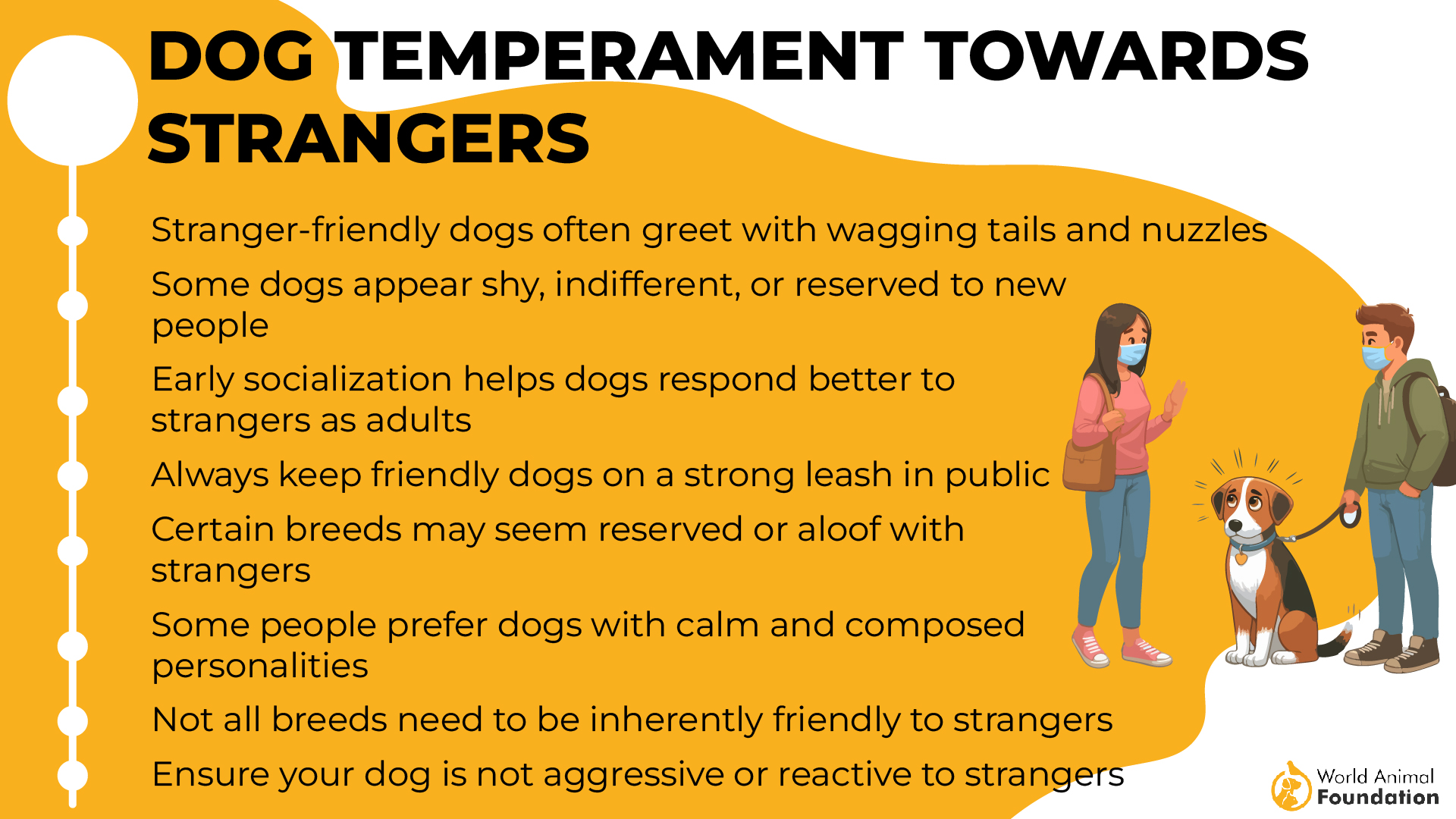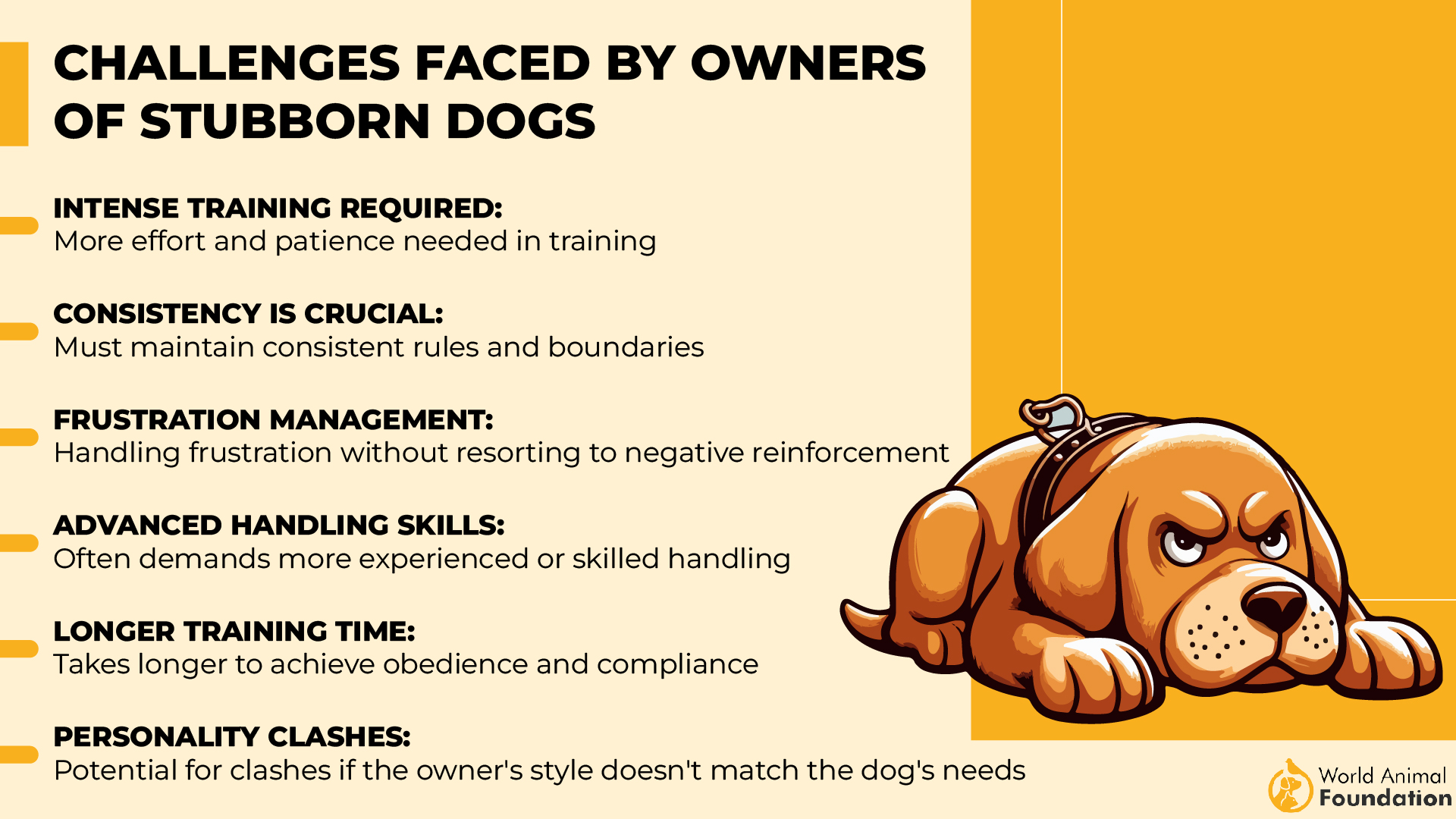In a world where dogs are often celebrated for their loyalty and eagerness to please, there exists a captivating subset known for their fierce independence and occasional disobedience. These are the breeds that march to the beat of their own drum, challenging traditional notions of canine obedience. While their stubborn streak might prove frustrating for some owners, it is precisely this self-reliant nature that endears them to those who appreciate a challenge. In exploring these seven disobedient dog breeds, we delve into what makes them uniquely independent and how their spirited characters can enrich the lives of adventurous pet owners.
Training your dog can feel like a daunting task, especially when you’re dealing with breeds known for their disobedient streaks. In fact, studies show that nearly 33% of dog owners find training their pets challenging, particularly when it comes to certain breeds that are naturally more independent.
But don’t let that deter you—these dogs may be more stubborn, but with the right obedience training and a bit of patience, they can become wonderful companions.
In this article, we’ll explore 7 disobedient dog breeds that can test your limits—and how to train them into well-behaved, affectionate companions.
Disobedient Dog breeds
1. Pekingese
Quick Facts:
-
Known for: Affectionate, dignified demeanor
-
Ideal for: Experienced owners, apartment living
-
Temperament: Independent, stubborn, and loyal
The Pekingese is often listed among the least obedient dog breeds due to its independent nature and stubbornness. These dogs have a strong will and tend to ignore commands if they don’t feel like following them. Their intelligence often works against them, as they might understand what’s being asked but choose not to comply.
According to the American Kennel Club (AKC), this breed requires a consistent training approach using positive reinforcement techniques. While they may be difficult to train, their loyalty and affection can make them wonderful companions with the right patience.
These little dogs can be charming, though they may not always be the most obedient breeds in the room!
Tip: If you’re struggling with a Pekingese, try using small, tasty treats and break commands into short, clear training sessions to avoid frustrating them.
2. Norfolk Terrier
Quick Facts:
-
Known for: Spirited personality and affection
-
Ideal for: Active families, people who can dedicate time to training
-
Temperament: Playful, curious, and independent
Norfolk Terriers are adorable, but they often land on the less obedient breeds list because of their independent streak. These intelligent dogs can be quick to pick up new behaviors, but they’re also known for testing their limits.
Their curious nature sometimes leads them to ignore commands, especially when they’re more interested in exploring their surroundings than following instructions. As with many terriers, dog behavior can be influenced by early socialization and training, but don’t expect them to be model students without a fight.
According to PetMD, proper training should begin early, with consistent, positive reinforcement. Norfolk Terriers thrive on interaction, so making training sessions a fun experience is key. If they’re not engaged, they can quickly tune out, making patience and creativity essential in training them.
Tip: If you find your Norfolk Terrier ignoring you, try mixing in some puzzle toys or playtime before starting training sessions to help keep their focus.
3. Scottish Terrier
Quick Facts:
-
Known for: Bold, confident personality
-
Ideal for: Experienced dog owners, families with older children
-
Temperament: Strong-willed, affectionate
Scottish Terriers are charming little dogs, they often top the list of independent dogs. With a strong stubborn streak, they are known for their independent thinking, meaning they might ignore commands if they don’t see the point in following them.
While these dogs are quite intelligent, their breed characteristics include a tendency to think for themselves, which can make training a bit more challenging. As small breeds, they also tend to have more energy than expected, so it’s essential to channel that energy into consistent, positive reinforcement during training sessions.
According to WebMD, their independent nature can make it harder to train without a firm yet patient approach. The good news? Once trained, they’re incredibly loyal and affectionate companions.
Tip: Start training early and keep sessions short but frequent to match their energy levels and avoid frustration.
4. Dachshund
Quick Facts:
-
Known for: Lovable, curious nature
-
Ideal for: Apartment dwellers, active families
-
Temperament: Stubborn, energetic, loyal
Dachshunds are well-known for their bold personality and tiny size, but when it comes to being obedient, they might not be the first to follow the rules. As one of the more independent breeds, they tend to have a mind of their own, which can make training commands a bit tricky.
While they are not barkless dogs, they can certainly be trained to bark less with patience and consistency. Their stubborn nature can make them tough to handle, but, a Dachshund just requires a consistent approach and plenty of positive reinforcement.
Though they may not always be the well-behaved companions you expect, with time and effort, they become loyal and affectionate family members.
Tip: Use positive reinforcement and patience when working with a Dachshund—they’ll be more likely to follow through when they feel rewarded!
5. Basset Hound
Quick Facts:
-
Known for: Excellent scent tracking
-
Ideal for: Families, outdoor lovers
-
Temperament: Laid-back, loyal, stubborn
Basset Hounds are adored for their droopy ears and strong noses. Their scent-tracking abilities are top-notch, which is why they were originally bred for hunting. However, their stubborn temperament can make them resist obedience at times.
These dogs tend to have a relaxed attitude, and while they’re very affectionate, they might not always be the quickest to follow commands. Extensive socialization is key to getting them to listen, as they can be a bit aloof with strangers.
Regular exercise helps with their energy levels, and with the right approach, Basset Hounds can be effectively trained to follow commands. Patience is key—don’t expect quick results, but their loyalty and loving nature will make all the effort worth it.
Tip: If you too struggling with a Basset Hound, try incorporating games that appeal to their nose, like hide-and-seek with treats, to keep them motivated during training sessions!
6. Beagle
Quick Facts:
-
Known for: Energetic, affectionate
-
Ideal for: Active families, outdoor lovers
-
Temperament: Friendly, playful, independent
Beagles are known for their strong-willed nature, making them a challenge to train at times. While they’re not necessarily disobedient, they tend to have a mind of their own, especially when their nose is on the trail.
Their problem-solving skills can actually work against them in obedience training, as they’ll often outsmart their owners. With their laid-back nature, they’re typically good with other dogs but need proper training to avoid becoming stubborn.
Beagles require a well-fenced area to prevent them from wandering off in search of adventure. Like Siberian Huskies, they have a strong prey drive, so a secure environment is essential.
Tip: To train your Beagle, make sure you’re mixing in plenty of mental stimulation and exercise. Keep them engaged with puzzle toys or hide treats around the house to challenge their clever minds!
7. Chow Chow
Quick Facts:
-
Known for: Independent, aloof personality
-
Ideal for: Experienced dog owners, calm homes
-
Temperament: Dignified, strong-willed, reserved
Chow Chows are known for their unique traits, like their lion-like mane and boundless energy. However, they also come with a stubborn streak and an independent nature that makes them one of the less obedient breeds.
Their strong-willed temperament means they need an owner who understands their need for early exposure to socialization and training from an early age. If not properly trained, they may resist obedience, as they prefer to think for themselves.
Despite their challenges, they’re highly intelligent dogs and can be trained with more patience. Once properly socialized, they make great companions, although their aloofness may not suit every owner’s lifestyle.
Tip: Make sure to establish a consistent routine with your Chow Chow. Early exposure to training and socialization can help curb any stubborn tendencies and make them more obedient as they grow.
Conclusion
While some breeds may be considered the least obedient dog breeds, it’s important to remember that all dogs are trainable. Patience and a consistent approach are key when working with dogs that have a more independent nature or strong-willed temperament.
With the right guidance, even the most stubborn dogs can become well-behaved companions. Focus on early exposure and provide plenty of mental stimulation to foster a harmonious relationship with your dog.
In conclusion, while some dog breeds are known for their strong-willed and independent nature, it is essential to understand that this independence does not necessarily equate to disobedience. Breeds such as Siberian Huskies, Afghan Hounds, and Dachshunds possess unique traits that challenge traditional training methods. Their independent spirit requires patience, consistency, and understanding from their owners. By employing positive reinforcement techniques and nurturing a mutual respect, these breeds can become well-adjusted companions. Embracing their independence as a characteristic rather than a flaw can lead to a rewarding and fulfilling relationship between owner and pet.

